Call Us
Send Us A Message
Get a Quote
There is a 100 piece minimum to work with a sales rep.
Screen Printing: 25 pieces minimum
Embroidery: 3 pieces minimum
Water-based Transfers: 1 pieces minimum
Direct-To-Garment: 1 pieces minimum
Patches: 25 pieces minimum
Office: (323) 261-8700
9 AM - 5:30 PM PST
Chat Available 9 AM - 2 AM PST
Back
Your dedicated account rep is here to keep you updated and offer real time suggestions and project navigation every step of the way. Online ordering and live price quotes available here.
This will help us tailor the experience depending on your experience and know how to best support you.
Select one or as many of the services below you are interested in.
If you need help to identify the correct product for the correct demographic at the correct price point, select "I need help searching" and we will ask you a few additional questions to allow us to submit the best options for your project.
We want to make sure your recipients will love and wear the merch you create time and time again. These questions will really help us identify the products that will best fit your audience.
Please make sure that you have reached minimum order quantity for preferred option. MOQ descriptions you can find
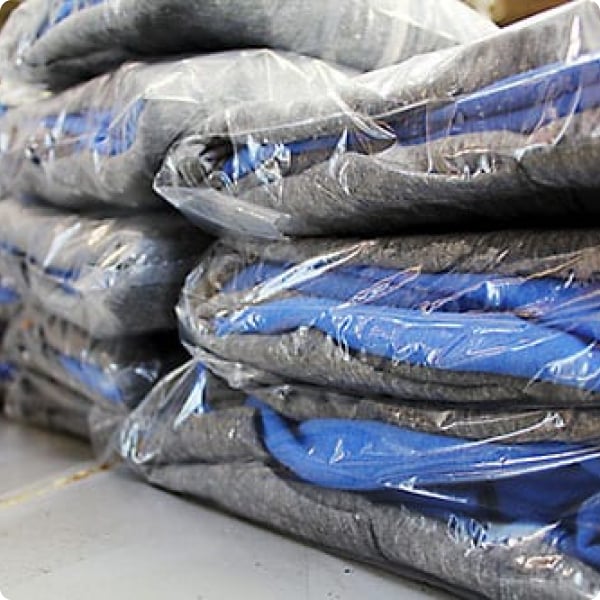
DTLA Print has an in house finishing department in its facility with trained individuals to professionally fold and bag your garments. Bags can be provided with customizable options, however we use a 1 mill flat poly bag which can be air sealed or taped shut.
$0.95/Shirt
+ 2 days
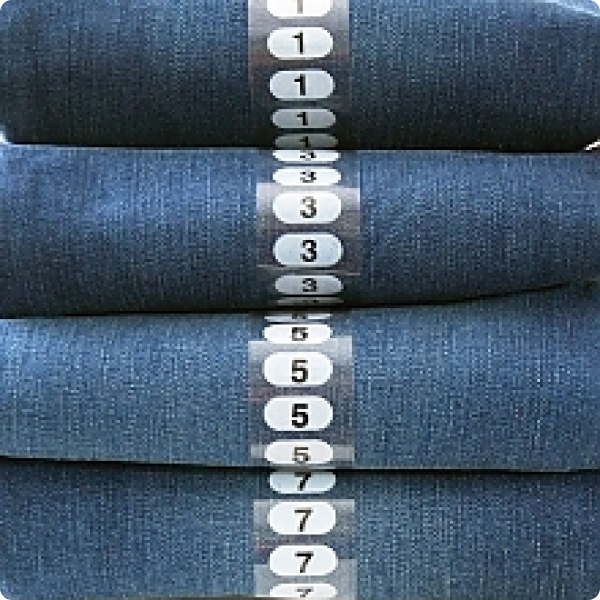
Add a size sticker to the outside of each garment or poly bag to easily identify the size of a garment. Packages do come separated by size how ever many retailers and fulfillment centers do require these stickers.
$0.65/Shirt
+ 2 days
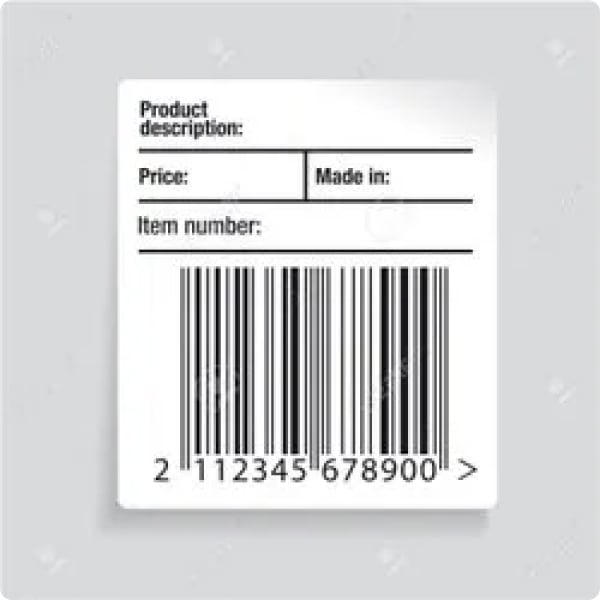
We will print & apply a custom UPC label for any retailer, 3rd party logistics or fulfillment partner you work with.
$0.75/Shirt
+ 2 days
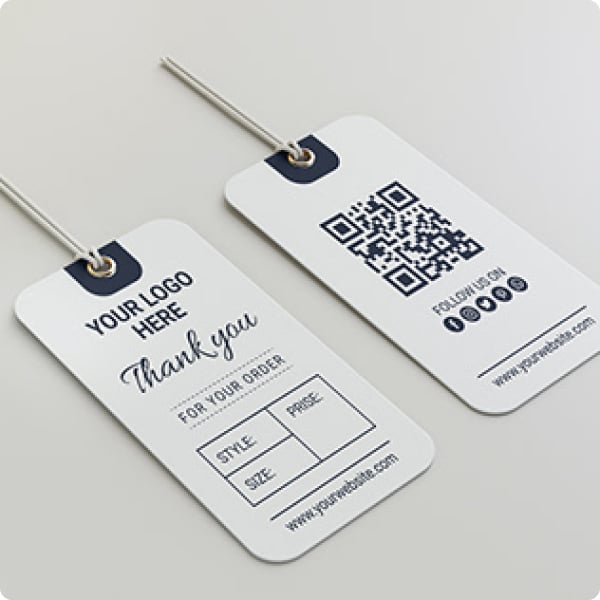
Incorporating price tickets and hang tags securely with a pin, while offering a diverse array of sizes, colors, and finishes, significantly enhances the perceived quality and overall appeal of your garment. Additionally, not only elevate the garment’s perceived value but also provide essential product information, giving your customers a more informed and satisfying shopping experience.
$1.8/Shirt
+ 14 days
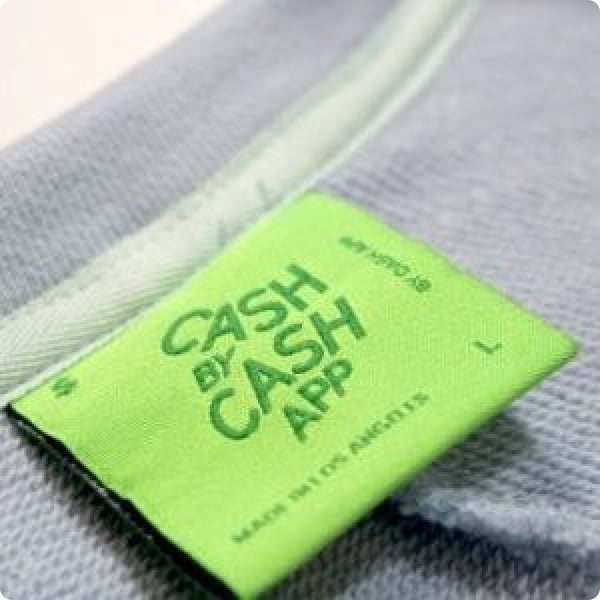
Create a fully custom woven main label. Includes the actual label itself and the sewing of the label. We will reach out to discuss the woven label material choices, shapes, and design. Please note this does add extra business days to the production time.
$2.75/Shirt
+ 14 days
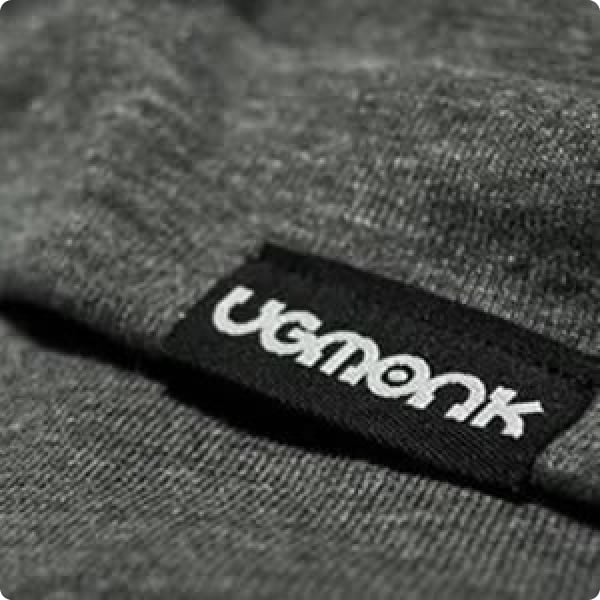
Create a fully custom woven hem label. Similar to the main label, this includes the actual label itself and the sewing of the label. We will reach out to discuss the woven label material choices, shapes, and design. Please note this does add extra business days to the production time. Hem labels go anywhere except the neck label of a garment.
$1.85/Shirt
+ 14 days
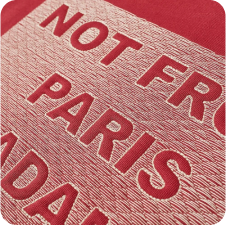
4.5” W but larger can be requested
Not common, but possible
PSD, AI, PDF, EPS, PNG
12
Metallic & 3D Puff
Scaled to size or larger with transparent background
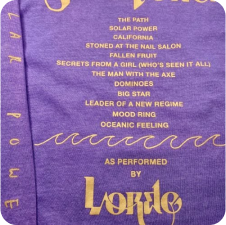
3” - 12” depending on location
15x18” *special request
PSD, AI, PDF, EPS, PNG
8
3M Reflective, Water-based, Plastisol, Puff, Etc...
Scaled to size or larger with transparent background
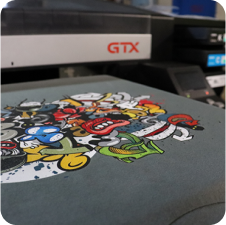
15x18”
PNG preferred, ( also acceptable; PSD, AI, PDF, EPS, JPG )
Unlimited
300 DPI scaled to size or larger with a transparent background
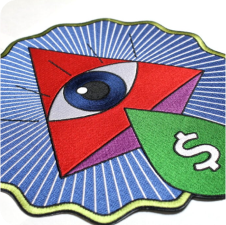
10x13.5”
PNG preferred, ( also acceptable; PSD, AI, PDF, EPS, JPG )
Unlimited
300 DPI scaled to size or larger with a transparent background
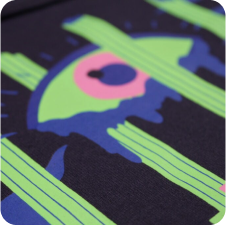
15x18”
PNG preferred, ( also acceptable; PSD, AI, PDF, EPS, JPG )
Unlimited
300 DPI scaled to size or larger with a transparent background
Upload Mockups
Don’t worry! Every order is triple checked even if it does not look perfect in this demo.
Max File Size: 15 MB. For any files larger than 15MB please send via wetransfer.com or dropbox.com and share with sales@dtlaprint.com
Tax exemption is the reduction or removal of a liability to make a compulsory payment that would otherwise be imposed by a ruling power upon persons, property, income, or transactions. Tax-exempt status may provide complete relief from taxes, reduced rates, or tax on only a portion of items. Examples include exemption of charitable organizations from property taxes and income taxes, veterans, and certain cross-border or multi-jurisdictional scenarios.
*Only orders shipped with in California are charged tax unless a a valid CA resale form is provided.
Production time is separate from shipping
If you're in a hurry to receive your order, we offer an expedited service to fast-track the production process. While this option incurs additional charges, it ensures you get your product sooner. However, if time is not a pressing concern, you can stick to our standard production schedule at no extra cost. We believe in providing you with the flexibility to choose the timeline that best suits your needs.

Screen printing and direct-to-garment (DTG) printing are two of the most popular ways to print a design onto fabric. While there are many ways to design a t shirt, custom tote bags, or a piece of corporate swag item, these two approaches are the go-to methods for good reason. Let’s look into them in more detail.
Screen printing is the process of pulling a layer of ink over a specially crafted screen (usually with a mesh stencil) in order to produce a custom design. DTG printing applies ink directly onto the t-shirt using inkjet technology. There’s no silkscreen or paper applicator; it’s just like printing on paper, except on fabric.
It’s easy to see why these methods are the most popular. Not only do they produce truly stunning works of art, they can also both be customized to meet the diverse needs of a growing audience.
In order to know whether DTG or screen printing is the right choice for your next order, it’s first important to understand the unique benefits and limitations that each has to offer. Here are the 4 most important factors to consider when deciding between screen printing and DTG.

The first thing you should consider when thinking about printing method is the size of your order. Are you a boutique brand looking to make limited edition prints? Or are you a lifestyle brand looking to cast a wide net?
DTG printing is a great option for low volume orders. The digital process is set up perfectly for small batches and one-offs as it avoids the heavy setup time and setup costs of screen printing. However, DTG is simply not cost effective for larger batches. Each shirt has to run through the printer one at a time and at the same cost, so you aren’t afforded any volume discounts.
Screen printing, on the other hand, is best for high volume orders. Remember, a special screen gets made for each design in screen printing. This gives the method a high upfront cost. But the cost per garment decreases exponentially as you increase the volume, so it becomes more and more economical the larger your order gets.
Large Order: Screen Print wins
Small Order: DTG wins

Next, consider your design. Do you have an awesome design idea where your logo is enveloped by a stunning sunset, with intricate oranges and reds and blues atop a mountainous horizon? Or do you want to make a simple, handsome tee with just your brand’s name and logo on it?
If you’re looking to print multiple colors within a complex design, DTG is likely the best option. Because a DTG printer is just as precise as a paper printer, it can print images in much greater detail than screen printing. This enables much more intricate, complex designs. On top of this, you’re not limited in color. The specialty printer can literally duplicate any image you come up with, so you have tons of flexibility to jazz up your design.
Screen printing, on the other hand, is best for t shirt printing with simple designs and limited colors. With screen printing, only one color can be applied to the screen at a time. Because of this, each new color requires more time, another screen, and ultimately, more money from you. This isn’t to say screen printing colors aren’t vibrant. They are, perhaps even more so than DTG. Screen printing is just more hands-on, which makes highly stylized and colorful orders more difficult.
Simple designs with 1-2 colors: Screen Printing wins
Complex, colorful designs: DTG wins

The next factor you’re going to need to consider is your preferred fabric. Are you a streetwear brand looking to make cotton custom hoodies? Or are you a high performance fitness outfit looking to make highly synthetic workout gear?
Screen printing is more forgiving and versatile than DTG, which makes it easy to use on a large variety of materials. Whether you want cotton, triblend, poly, or some highly specialized blend, screen printing has the versatility to adapt to you. That being said, make sure to choose screen printing inks that match well with the type of fabric you choose. For example, stick to water based and discharge inks when printing on lighter fabrics and blends so your garment remains soft and smooth. In addition, the versatility of screen printing allows for unique products like handbags, koozies, mugs and backpacks as the printer is able adjust to curved or uneven surfaces.
DTG, on the other hand, works best on 100% cotton. Anything less than 65% may not print completely true to color. Also, it’s important to remember that certain blends react differently to DTG printing than others. We’ve seen some surprisingly great results with some of our products, you’ll just need to do some sampling first.
Fabric Versatility: Screen Printing wins
Fabric Economy: DTG wins

This one’s totally subjective. The look of a screen printed item vs. a DTG item are just a bit different. For example, a screen print is traditionally a bit more vibrant, while DTG is more adept at nailing that vintage effect. This is because screen printing ink is applied thicker than DTG ink, which results in stronger colors. This is important to remember if you’re printing on a darker colored shirt and still want your design to pop. Remember: this is art, not science. Each printing method reacts to each design differently. Make sure to sample, sample, sample so you can hit the exact look you want.
Bottom line: Your call
Screen printing and DTG are both great options. Both methods are itching to bring your awesome design to life. We’ll even help you decide which works best for your brand. You win.
In partnership with onetreeplanted.org
In partnership with onetreeplanted.org
Please provide the best contact number for our team to reach out to you on, your account rep will reach out within 24-48 business hours.
A 100 piece minimum is needed for an account rep to handle your order.